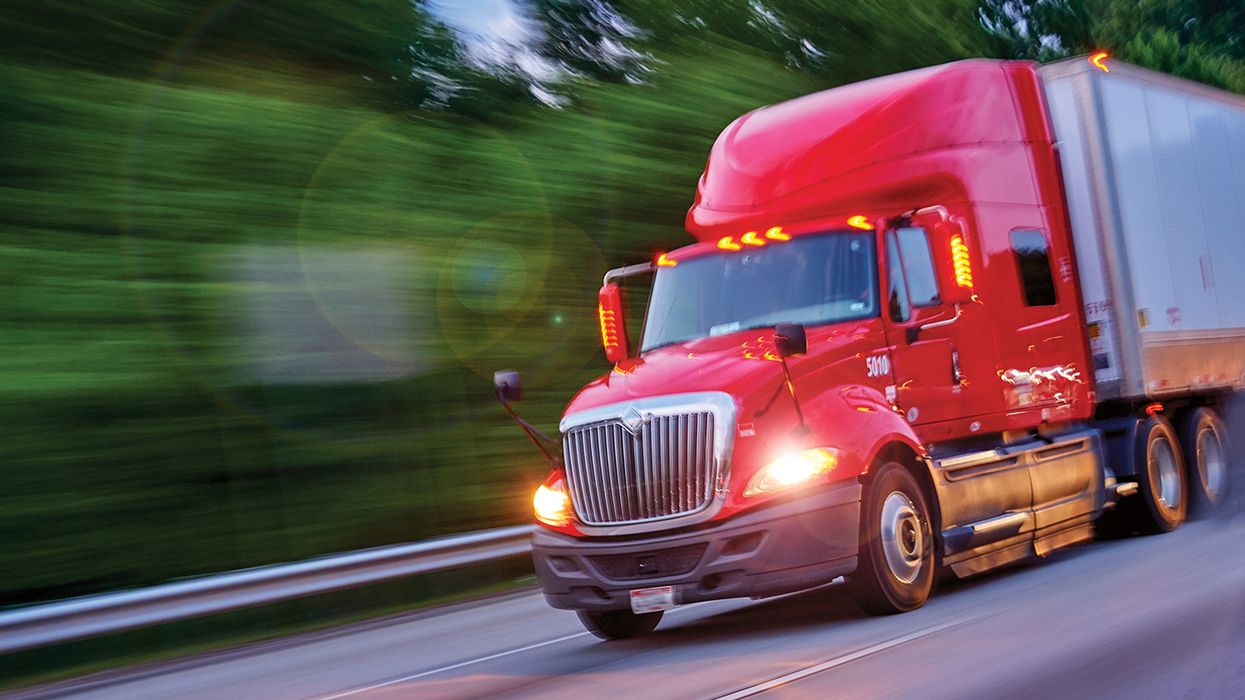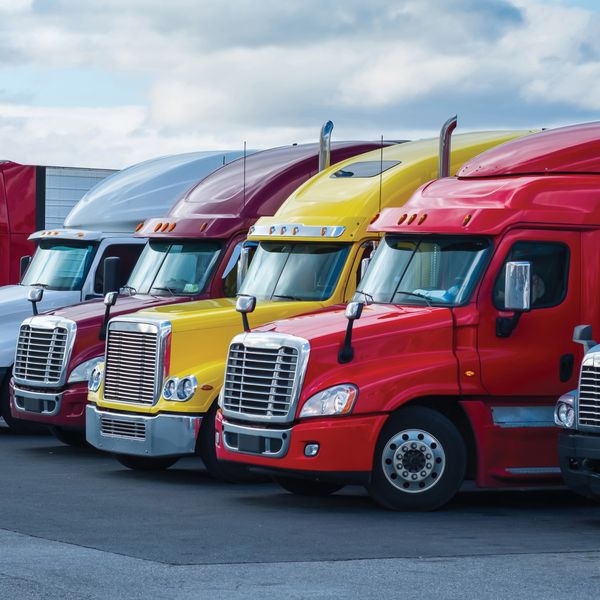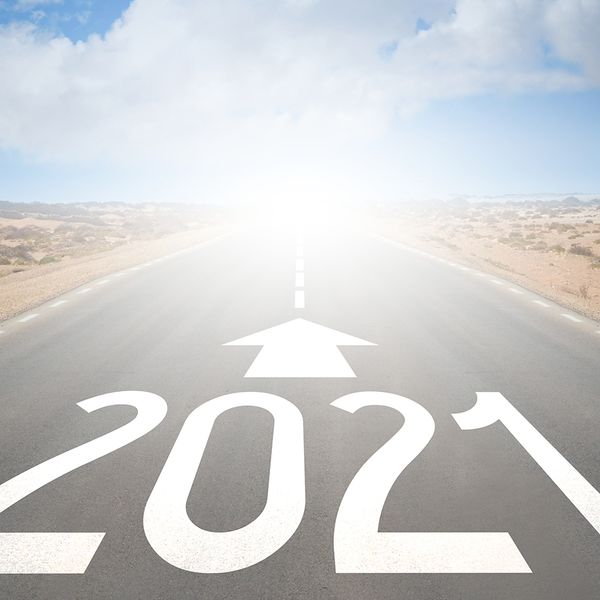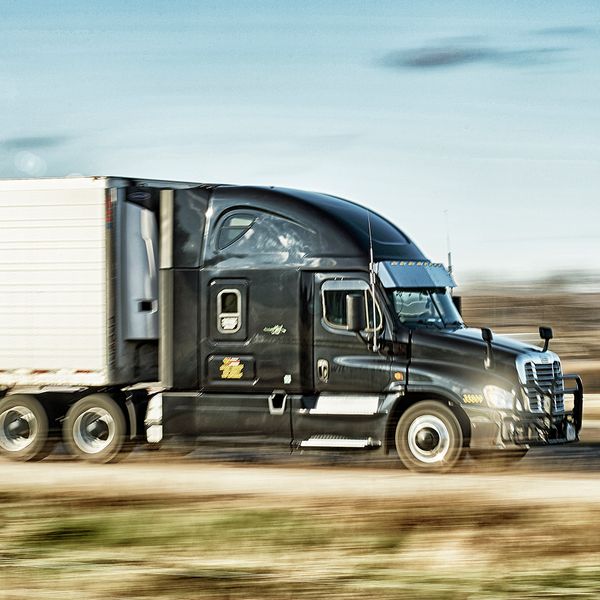Not blowing smoke: Clearing the air on emissions activities
There is a lot to keep track of when it comes to emissions regulations. While much of it involves vehicle manufacturers, some of it involves vehicle owners and operators. Here is some information to clarify the latest happenings.
CARB Activities
The California Air Resources Board (CARB) regulates air emissions in California. It has several long-standing programs in place and three new programs rolling out this year.
Advanced Clean Truck and Advanced Clean Fleet
Under the Advanced Clean Truck (ACT) rule, manufacturers must sell a specific percentage of zero emissions vehicles (ZEVs) to be able to sell vehicles in California.
Under the Advanced Clean Fleet (ACF) regulation, drayage trucks and high priority fleets will have to register their California fleet (vehicles used in California) in CARB’s TRUCRS system (this is currently voluntary for high priority fleets, but may become mandatory soon). High priority fleets under the ACF program are fleets that operate vehicles with a GVWR of 8,501 pounds or more in California and have 50 or more vehicles or an annual revenue of $50 million or more. This program requires covered fleets to begin replacing the internal combustion engine (ICE) units used in their California fleet with zero emissions vehicles (ZEVs) beginning next year. There are two options for high-priority fleets:
- Model year (purchase only ZEVs): Under this option, whenever a vehicle is purchased for the California fleet, it will need to be a ZEV, unless there is an exemption the company can use. A carrier has the option of extending their trade cycle and use their ICE vehicles that are compliant with the current emissions requirements until they are 13 years old and have accumulated 800,000 miles (the 13 years can be extended to up to 18 years if the vehicle is under 800,000 miles).
- Planned phase-in: When registering in TRUCRS, companies can declare that they want to use the milestone phase-in option. This allows a company to phase in ZEVs over a 12-year span. The start of the phase-in will depend on the type of vehicles being operated. Box trucks, vans, two-axle buses, yard tractors, and package delivery vehicles start next year at 10 percent of the fleet (10 percent of the fleet must be ZEVs by January 1, 2025, when using the milestone phase-in option). Work trucks, large day cab trucks and tractors, and three-axle buses begin transitioning in 2027, and sleeper tractors in 2030. When using this option, a carrier can continue to purchase ICE vehicles, as long as the fleet meets the percentage goals.
There are exemptions and extensions carriers can file for if they cannot get a charging station built, cannot acquire vehicles that meet their operational needs (due to manufacturer backlog, no such ZEV existing yet, no ZEV can meet the daily usage, etc.). Here is a link to the page that details the exemptions and extensions: https://ww2.arb.ca.gov/resources/fact-sheets/advanced-clean-fleets-regulation-exemptions-and-extensions-overview
Clean Truck Check (also known as the HD I/M regulations)
This program requires all non-gasoline powered vehicles that operate in California with a GVWR of 14,001 pounds or more to be registered in CARB’s CTC-VIS database. Part of registering includes paying a $30 per vehicle annual compliance fee. This program also requires vehicle owners or operators to upload onboard diagnostic (OBD) downloads to CARB proving that the vehicle is operating within its designed emissions parameters starting in January of 2025. The submission due dates will be based on the vehicle's plate expiration date (if registered/plated in California) or the last digit of the VIN (if registered/plated in another state). If a vehicle that is not entered into the CTC-VIS database is going to start operating in California, the owner/operator of the vehicle will need to enter it into the CTC-VIS database and pay the fee before the vehicle operates in California.
Truck and Bus, GHG, Drayage, and PSIP are still in place
There are three other important CARB emissions programs still in place:
- The legacy Truck and Bus program. This requires all vehicles with a GVWR of 14,001 pounds to have a model year (MY) 2010 or newer engine is still in force. Also, the Greenhouse Gas Reduction program that requires van-type trailers that are over 50 feet in length (and the tractors pulling them) to have full aerodynamics and low rolling resistance tires is also still in place.
- The Drayage Truck requirement. All trucks that operate into, out of, and inside of rail ramps and ports (called drayage trucks) must be registered in the CARB Drayage Truck database and be equipped with a 2010 or newer engine.
- The Periodic Smoke Inspection Program (PSIP). This program will remain in place until the Clean Truck Check program is fully implemented in 2025. This regulation requires fleet owners/operators to have their California-based diesel-powered vehicles with a GVWR of 6,001 pounds or more to undergo an annual smoke opacity test once the vehicle reaches four years old (based on model year).
EPA Control of Air Pollution from New Motor Vehicles: Heavy-Duty Engine and Vehicle Standards
The Environmental Protection Agency (EPA) Control of Air Pollution from New Motor Vehicles: Heavy-Duty Engine and Vehicle Standards rule was finalized in 2022. These regulations apply to the manufacturers of on-highway heavy-duty trucks and engines and implement more stringent emissions standards over a wider range of operational conditions. It begins implementation with MY 2027.
Technically, this is the first rule in EPA's Clean Truck Plan. The second was the more stringent emissions standards for light and medium duty trucks, and the third is the rule below (GHG Emissions Standards for Heavy-Duty Vehicles - Phase 3).
EPA Greenhouse Gas Emissions Phase 3 final rules
The recently passed EPA Greenhouse Gas Emissions Phase 3 final rules are emissions standards new vehicles must meet. The regulations apply to the manufacturers of on-highway heavy-duty trucks. Reductions in emission required under this rulemaking does not start for day cabs until MY 2028. As of MY 2028, manufacturers must reduce greenhouse gas emissions across their day cab offerings by 8%. That increases annually until 2032, by which time the manufacturers must have decrease greenhouse gas emissions across their day cab offerings by 40 percent. Sleeper cab tractors have a delayed timeline.
Key to remember: There are several separate emissions programs that must be complied with. The key is knowing which ones apply to specific vehicle owner or operator.




















































